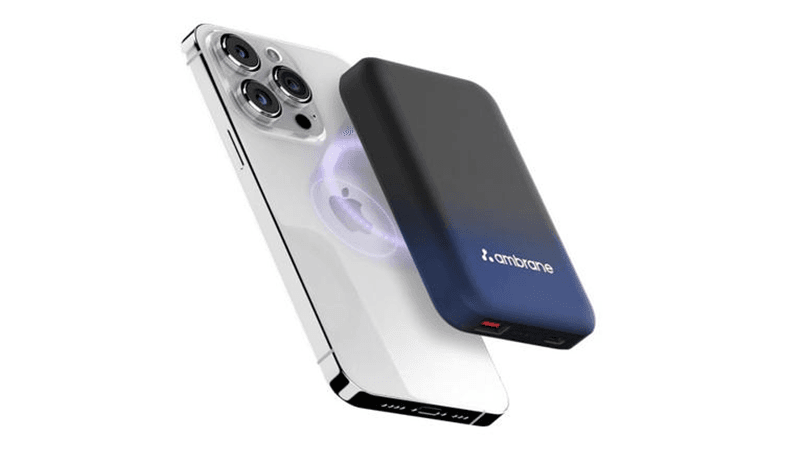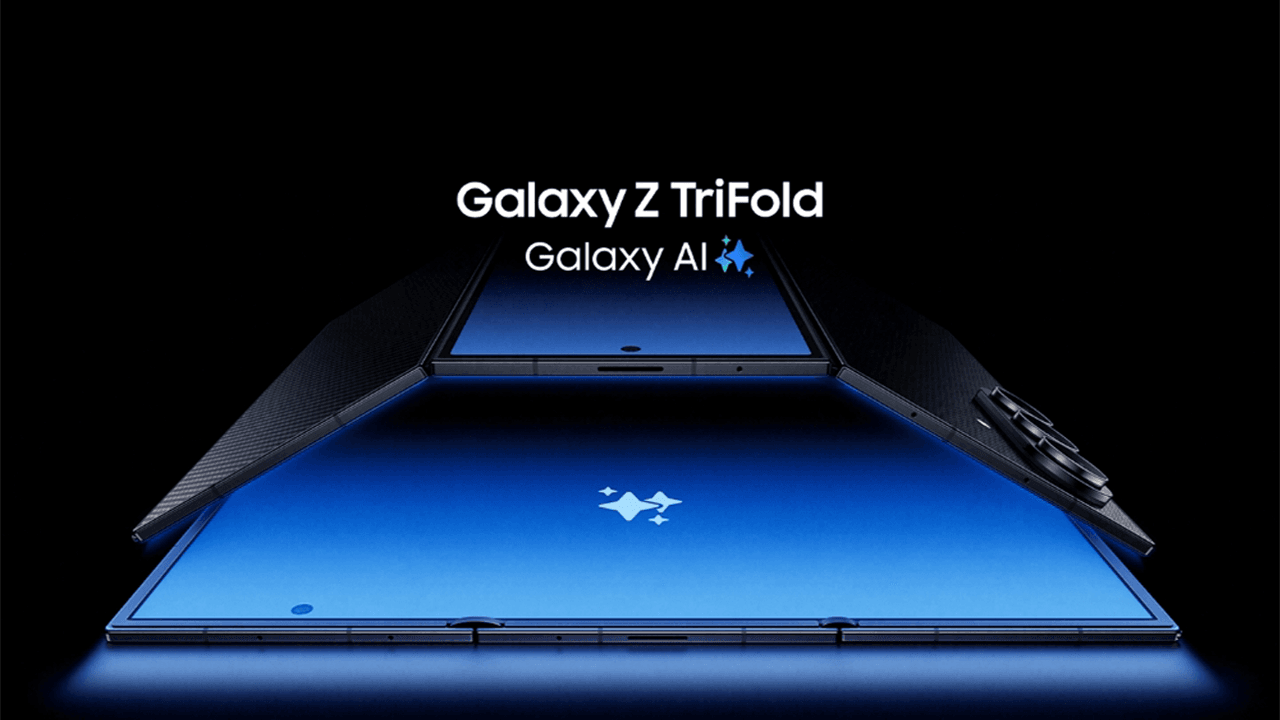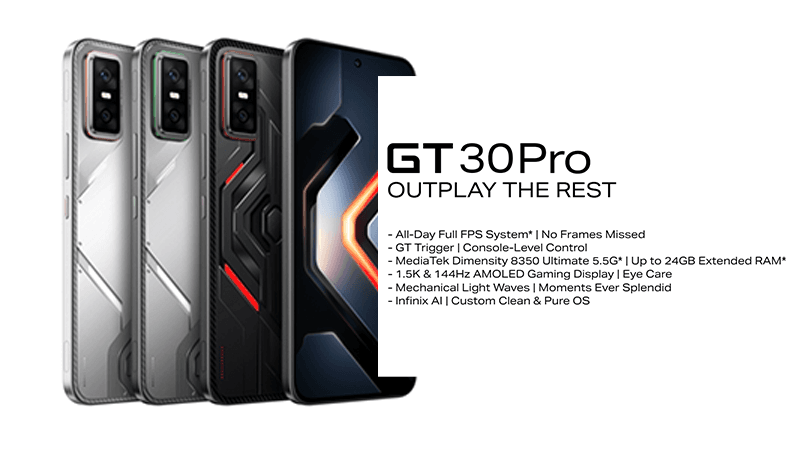Goodbye Charging Cables: The World Moves to Magnetic and Over-Air Power

In a world where convenience defines innovation, charging cables—the most stubborn relics of our tech past—are finally on their way out. The next wave of power technology is here, and it’s magnetic, wireless, and even invisible. As smartphones, laptops, and wearables evolve, brands across the globe are embracing magnetic charging and over-air power transmission, signaling the dawn of a new cable-free era.
The End of the Cable Era
For over a decade, wired chargers have been the lifeline of every electronic device. From micro-USB to USB-C, the world has chased faster speeds and smaller ports. But in 2025, that story is changing. The industry’s focus is shifting from faster wired charging to smarter wireless charging.
The change isn’t just cosmetic—it’s philosophical. Tech companies now view the charging cable as an unnecessary tether that limits design, portability, and sustainability. With advancements in wireless induction, magnetic alignment, and long-range RF power transfer, devices can now stay charged almost anywhere, without ever being plugged in.
Magnetic Charging: Simplicity Meets Efficiency
The move toward magnetic charging began subtly—with Apple’s MagSafe, Google’s PixelSnap, and Samsung’s Galaxy MagCharge systems. What started as a convenience feature for effortless alignment has turned into a complete ecosystem.
Today, magnetic chargers deliver up to 50W speeds on flagship phones and 120W+ on tablets and laptops. Unlike early wireless pads that required perfect placement, modern magnetic charging locks devices precisely into position, minimizing energy loss.
This technology doesn’t just stop at phones—smartwatches, earbuds, and even handheld consoles now rely on magnetic connectors for both charging and data transfer. It’s become clear that the future is modular and magnetic.
“Magnetic charging isn’t just about power delivery—it’s about simplifying user experience,” says tech analyst Priya Ramanathan. “You can now snap your phone, earbuds, and watch into one hub and have them all power up seamlessly.”
Over-Air Power: The True Wireless Revolution
If magnetic charging is the present, over-air charging is the future. This breakthrough uses radio frequency (RF) waves or infrared light to transmit power across short distances—meaning your phone could charge simply by being in the room.
Companies like Wi-Charge, Powercast, and Ossia are leading this revolution. Their over-air transmitters convert electricity into electromagnetic waves, which are safely captured by a receiver chip inside compatible devices.
In a 2025 demonstration, Wi-Charge showcased a setup where multiple gadgets—smartphones, earbuds, IoT sensors, and even electric toothbrushes—remained fully powered without cables or pads. It’s an ambitious vision, but one quickly becoming reality.
This technology could redefine not just smartphones, but entire smart homes. Imagine walking into a café where every table transmits power, or an office where laptops charge wirelessly through ceiling transmitters.
Why the World Is Ready for Wireless Power
Three key forces are driving this shift:
1) Portless Design Philosophy: Smartphone makers are racing toward fully sealed, portless devices. Removing charging ports improves water resistance, dust protection, and design aesthetics. With advancements in wireless data transfer like Wi-Fi 7 and ultra-wideband (UWB), the need for physical ports is vanishing.
2) Environmental Impact: Each year, billions of charging cables are produced, shipped, and discarded, adding to global e-waste. Magnetic and over-air systems promise a sustainable alternative with fewer physical accessories and longer product lifespans.
3) Consumer Convenience: No more tangled wires, broken adapters, or carrying multiple chargers. The “set it and forget it” model appeals to modern consumers who value effortless experiences.
Challenges Ahead
Despite the excitement, cable-free charging isn’t without challenges. Over-air power is currently limited in range and speed, typically transmitting a few watts across a few meters. There are also regulatory hurdles surrounding electromagnetic emissions, particularly in densely populated areas.
Efficiency is another concern—traditional wired charging delivers around 95% power transfer efficiency, while over-air systems currently hover around 60–70%. However, constant R&D is closing that gap fast.
Manufacturers must also ensure interoperability across brands. Without a universal wireless power standard, consumers risk being locked into proprietary ecosystems—something the tech world is working to prevent.
Industry Leaders Paving the Way
• Samsung’s Galaxy AI Devices now feature MagCharge 2.0, combining AI power management with 65W wireless charging—adjusting charging speed dynamically based on temperature and usage patterns.
• Apple’s MagSafe Duo 3 integrates reverse magnetic charging, letting users power up their AirPods or Watch directly from their iPhone.
• Xiaomi’s Mi Air Charge technology can already deliver 10W power at a distance of 5 meters, with multiple devices charged simultaneously.
• Oppo and OnePlus, both under BBK Electronics, are experimenting with multi-room wireless charging hubs for their ecosystem of devices.
The momentum is unmistakable—wireless charging isn’t just an alternative anymore, it’s becoming the new default.
More Articles

OnePlus 15: Launch date, price in India, features, specs, and all the details you should know

Introducing Galaxy Z TriFold: The Shape of What’s Next in Mobile Innovation

Infinix GT 30 Pro Launches in India: Gaming Powerhouse with 1.5K AMOLED Display, Dimensity 8300 Chipset

iQOO 15 Review (2025): The Biggest Upgrade Yet in Power, Display & AI Performance

Apple Black Friday Sale in India: Biggest Discounts on iPhone 15, iPhone 16 Pro Max, iPhone 17 & More

Comments